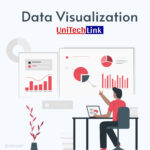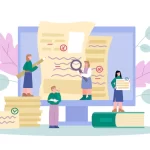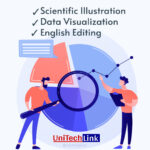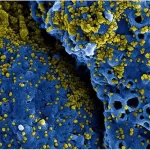Plotting and Data visualization
The professional visualization of your data is key to making your research more impressive and getting them published in top journals. You just give us your raw data and we’ll handle everything from there. We will work on your data and visualize them professionally to exceed your expectations.
Also, our team of experts from the exact field helps you with the statistics part of your study and extracting meaningful information from your raw data!
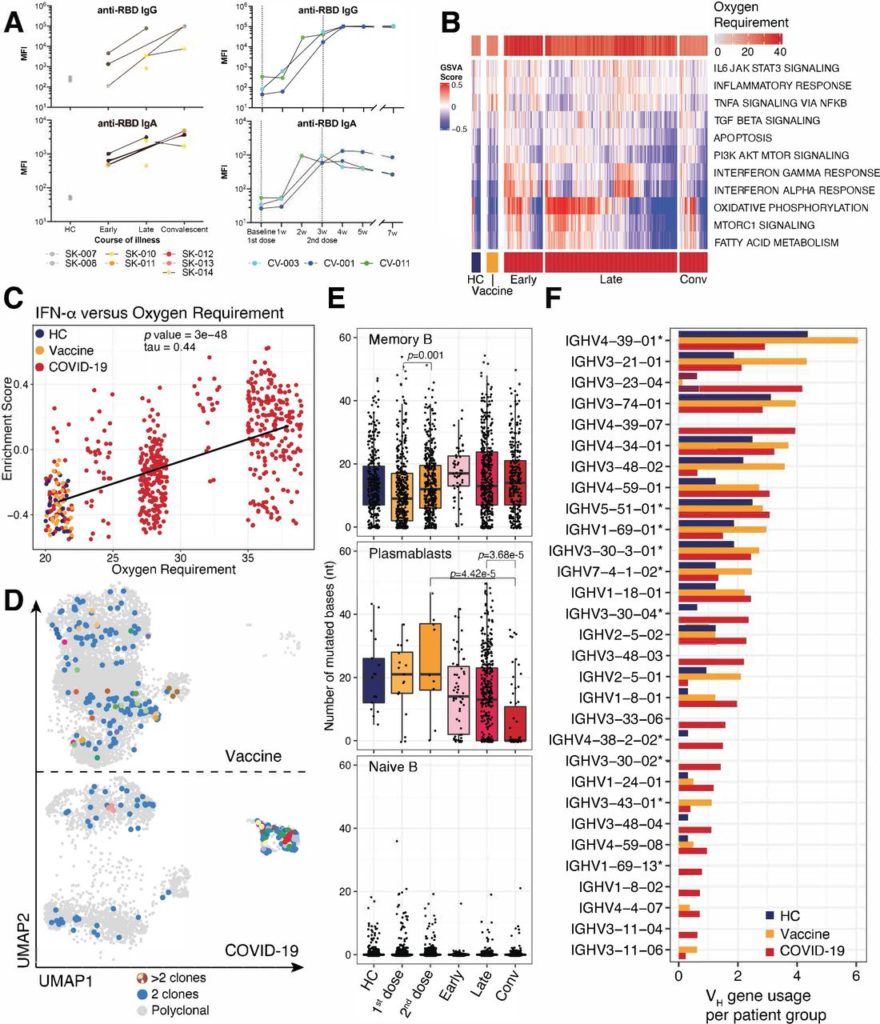
Get a Quote!
Please fill in the form below and we will contact you shortly!
The graphic representation of data is referred to as data visualization. The desire to improve clarity, highlight patterns or critical information, infer future trends, and make data more accessible are all reasons for visualizing data. Data visualization entails entering a dataset into spreadsheet software, compiling it into a graphic using charting tools, and modifying the graphic until it meets your requirements.
This new image may now convey the data in a recognisable format for a non-data analytics audience. This technique can be used for anything from high school science projects to stakeholder presentations.
Graphic data visualization has numerous advantages for both professional and recreational use. Among these use cases are:
Accessibility: Making data more accessible through visualization brings together abstract goals and objective metrics for audiences who may lack the expertise to analyze plain data sets. Greater comprehension improves a team’s ability to contribute during the planning or feedback stages of a variety of organizational processes.
Clarity: Data clarification may imply expressing trends or patterns in large datasets without removing or obstructing information. The purpose of using visuals is to communicate the purpose or goals of a presentation while also leading the audience in the same direction.
Professionalism: Improving the appearance of credibility for a client, manager, or instructor by adding professionalism to a presentation or written document. Organized, accessible representations may also reflect desired skills and aesthetic appreciation for specific jobs.
Persuasion: By emphasizing certain correlations or implying cause and effect, a graphic representation of data can strengthen a pitch or argument. It can be an effective way to incorporate data into a persuasive story or to provide an interesting visual to an audience during a break in speech or an intermission during a presentation.
Decision making: If a team needs to make a quick decision and doesn’t have much time, data visualizations can help speed up and improve the effectiveness of the decision-making process.
The interpretation of data and its context can be aided by the use of colors, organization, tables, and plots. Effective use of these artistic considerations can significantly increase readers’ understanding of significant or substantial data sets.
There are numerous tools available for data visualisation and analysis. These can be simple or complex, intuitive or obtuse. Not every tool is appropriate for every research project. Google Charts, Tableau, Grafana, Chartist.js, FusionCharts, Datawrapper, Infogram, ChartBlocks, and D3.js are among the best data visualisation tools.

